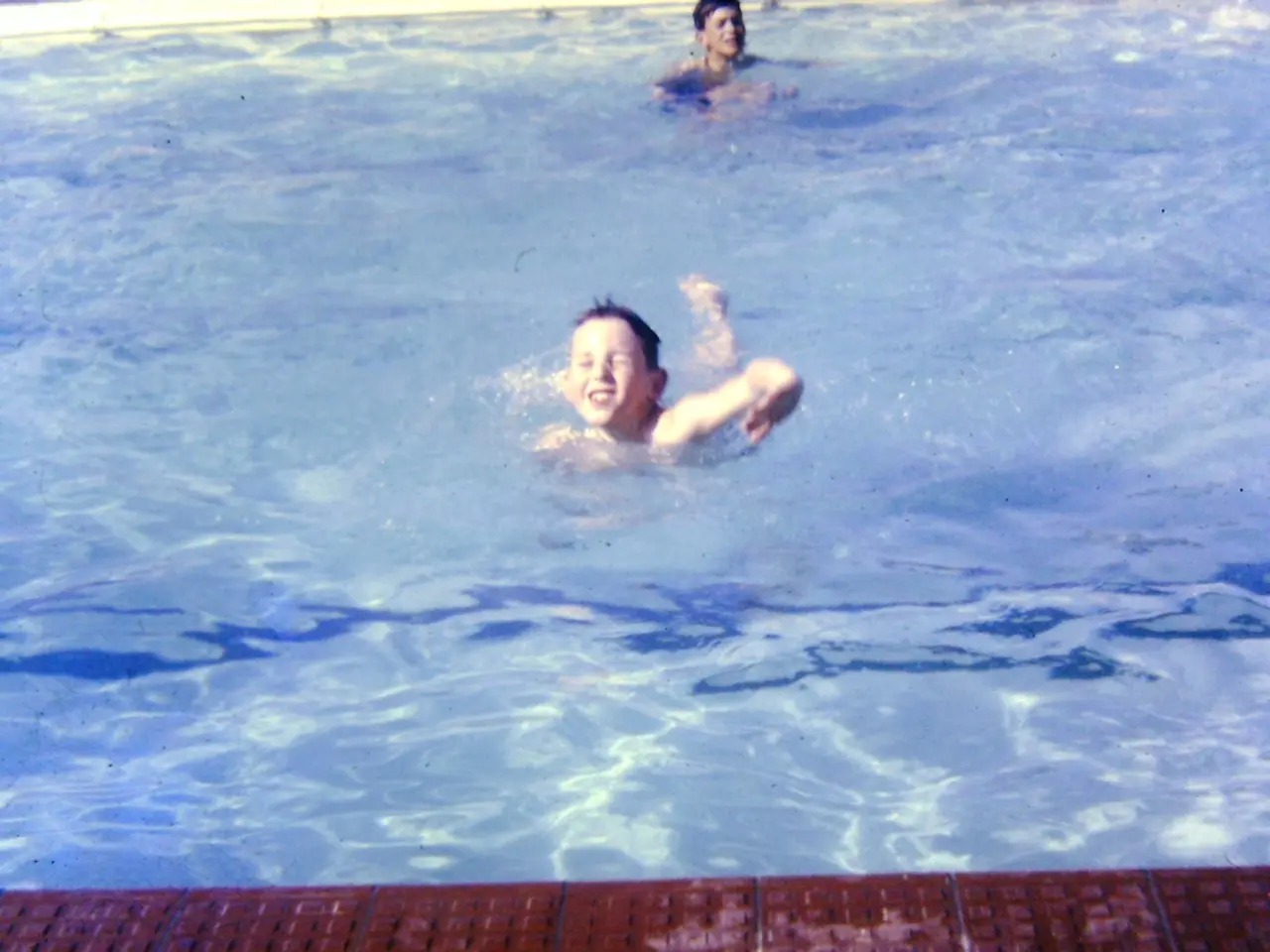Soaring drownings during early summer heatwave trigger alarm in France
Rising Drownings and Safety Concerns in Wild Swimming Areas of France
France has seen a significant increase in drownings and accidents during the 2025 summer heatwave, with more people seeking relief in natural waters. According to emergency services, there was a 50% increase in accidental drownings between June 1 and July 23, with 702 incidents reported, compared to 2024 [1][4][5].
The most alarming statistic is the 45% increase in fatalities, with 193 deaths reported during this period. This spike is directly linked to the intense heat driving more people to rivers, lakes, and the sea for cooling off [1][4][5].
Among the victims, there has been a sharp rise in fatal drownings among minors, emphasizing the vulnerability of children in wild swimming environments, often less supervised or in currents and depths they cannot handle safely [1].
Climate-related marine changes have led to increased appearances of dangerous creatures such as the Portuguese Man o’ War along French coasts. Their venomous tentacles can cause severe pain, allergic reactions, and even life-threatening symptoms, which can disorient swimmers and increase drowning risk [2].
Natural bodies of water like the Seine in Paris present hazards such as strong currents, murky water with poor visibility, and depths ranging from 3 to 5 meters, where swimmers cannot see the bottom or easily find footing, increasing the danger of accidents [3].
Periods of heavy rain can cause untreated wastewater to flow into rivers, increasing bacteria levels (like E. coli), posing health risks to swimmers. While improved water quality measures have allowed some rivers to open for swimming, contamination risk remains variable and situational [3].
To combat these issues, initiatives like the "Learn to Swim" program, a continuation of the "1,2,3 swim with Paris 2024" initiative launched in 2021, are being offered in 11 swimming pools managed by the Est Ensemble public authority [6]. The program offers free intensive courses for five to 12-year-olds in nine towns in the Paris suburbs [7].
Health authorities have called for compliance with swimming bans due to the risks associated with unsupervised sites. Fire brigade captain Julien Costanzo highlighted the risk of hypothermia in alpine lakes, where the water temperature can be cold while the air temperature is warm [8].
The shortage of 5,000 lifeguards necessitates extending the period of supervision of beaches, lakes, and rivers. To address this, more lifeguards need to be trained [9].
Fabien Asquoët, head of the sports policy division at Est Ensemble, stated that these courses are a "truly necessary public service in an area affected by poverty" [10]. A 2021 study by the National Institute for Youth and Popular Education found that children of unskilled workers are six times more likely than children of white collar workers to not know how to swim [11].
In conclusion, the combination of hotter weather driving more swimmers to wild waters, natural hazards exacerbated by climate change, and water quality issues demands increased safety awareness, supervision, and precautionary measures for wild swimming in France in the current climate [1][2][3][4].
Read also:
- Symptoms of Lymphoma: Appearance of local and systemic symptoms along with additional indicators
- Confirmed instance of West Nile Virus discovered in Kentucky; authorities urge residents to adopt protective measures
- Utilizing Thermal Energy Accumulation for Climate Resilience in Organic Farming (Permaculture)
- Accessing Renewed Vigor through TRT Online Services in Sarasota, Florida







